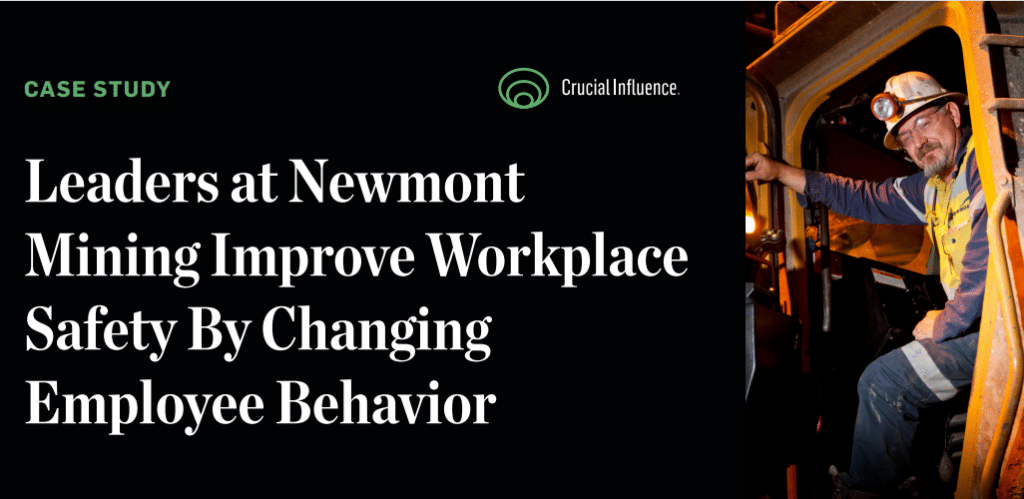A few years back, a young woman, Debbie, took our Crucial Conversations course. After the class, she told me she really enjoyed it, learned a lot, and developed skills she’d use. But, she also told me she had one major doubt. She said, “You know that thing about motives? I’ve got a situation with a woman where I’ll never have a healthy or productive motive.”
She then described the situation.
Debbie had only been in her organisation a short time when she was promoted. The supervisor position came available because the previous supervisor, Mary, had been demoted. Mary still worked for the organisation, but Debbie was now the supervisor.
Even though Mary had years of experience in the organisation and was a subject-matter expert, she now had to report to this young, inexperienced woman. Of course, Mary didn’t like it. She made her unhappiness clear, sometimes yelling at Debbie in and out of the office. Other times Mary ignored her entirely. When Debbie approached Mary with a question or work request, Mary wouldn’t even acknowledge Debbie was there.
To make matters worse, when Debbie went to her manager for advice, he said, “I hired you to handle these types of problems.”
Debbie reached her limit and concluded, “No matter how much I think it through, I just can’t imagine a healthy motive with this woman.”
After hearing the situation, I asked Debbie a probing question, “If you could create the ideal outcome from a first conversation with Mary, what would you want that to be?”
“That’s easy! I just want her to admit that she has problem and needs help,” she quickly replied.
This wasn’t the healthy motive I was hoping for. So I reversed it, asking, “If that was Mary’s motive, how would you feel about that conversation?”
“I wouldn’t like it! She needs to understand the problems she’s causing and how all these changes are affecting me…”
As she talked, she slowed down a little, and then stepped back.
She began to understand, so we started to talk about how to apply her skills for creating healthy motives. These three questions guided us to finding the productive motives.
When you go into the conversation, what would you like for yourself?
“I want to be able to work with her, ask her questions, and glean information. I’d like for her to treat me with respect and I want to be able to do my job.”
What would you like from Mary?
“I wish Mary would be happy. I want her to feel appreciated and understand the value of her contributions. I want her to get over the things of the past.”
What would you like for your relationship?
“I wish we could get along and be respectful.”
After discovering these productive motives, Debbie was ready to have a crucial conversation with Mary.
Three weeks later, I got this email.
Thank you for coaching me prior to my crucial conversation. It took place a week or so after it was initially scheduled. It went really well. I stayed calm and was able to focus on what I really wanted for myself, for Mary, and for our relationship. We reached a workable set of guidelines by recognising that we both wanted respect. Even my counselling suggestion to her was well-received because the conversation was safe. I was delighted with the outcome. Since the conversation, we’ve worked well together. I am not expecting complete bliss, but one of the most fundamental items we agreed to was that we weren’t trying to insult or hurt the other person. We both agreed to step back if we get defensive and think about this basic point. All in all, it’s a good start.
When we choose our motives well, we see amazing transformations in relationships and productivity.





